Dog Drinking a Lot of Water but Not Eating!?
There’s good news and bad news when your dog is drinking a lot of water but not eating. The good news is that it is fairly easy to observe your dog’s behavior to identify when you have a health issue versus a picky eater. The bad news is that this behavior might be a symptom of an underlying condition.
Learn more about possible causes for your dog’s lack of appetite while drinking a lot of water.
Is Your Dog Drinking Too Much Water a Sign of a Disease?
The short answer: not always.
The recommended amount of water for a dog is an ounce of fluid per pound of body weight per day, and very active dogs and puppies tend to drink more than adult dogs. Similar to humans, active dogs need to replenish their water, and you might find your dog drinking more heavily after a walk or a hot day at the dog park.
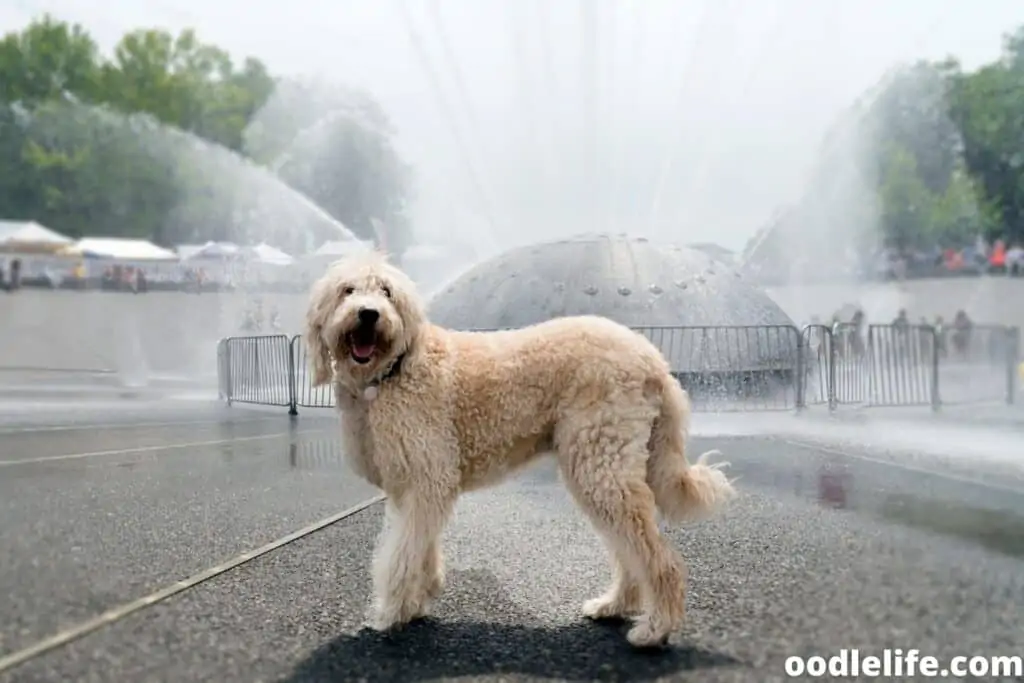
However, excessive drinking may be a signal of a health problem like dehydration. In senior dogs, the most common causes of increased water intake include conditions like:
- Kidney failure
- Cushing’s syndrome/hyperadrenocorticism
- Diabetes
It’s not an immediate warning bell when your dog is drinking too much water, but when excessive water intake pairs with lack of appetite, that’s when you should start to observe them for a possible underlying condition.
Five Possible Reasons Your Dog is Drinking Water, but not Eating
A healthy dog can typically survive up to five days without eating as long as they have access to water. Of course, it’s not an ideal situation, but knowing the baseline will help you when you’re diagnosing your dog’s refusal to eat.
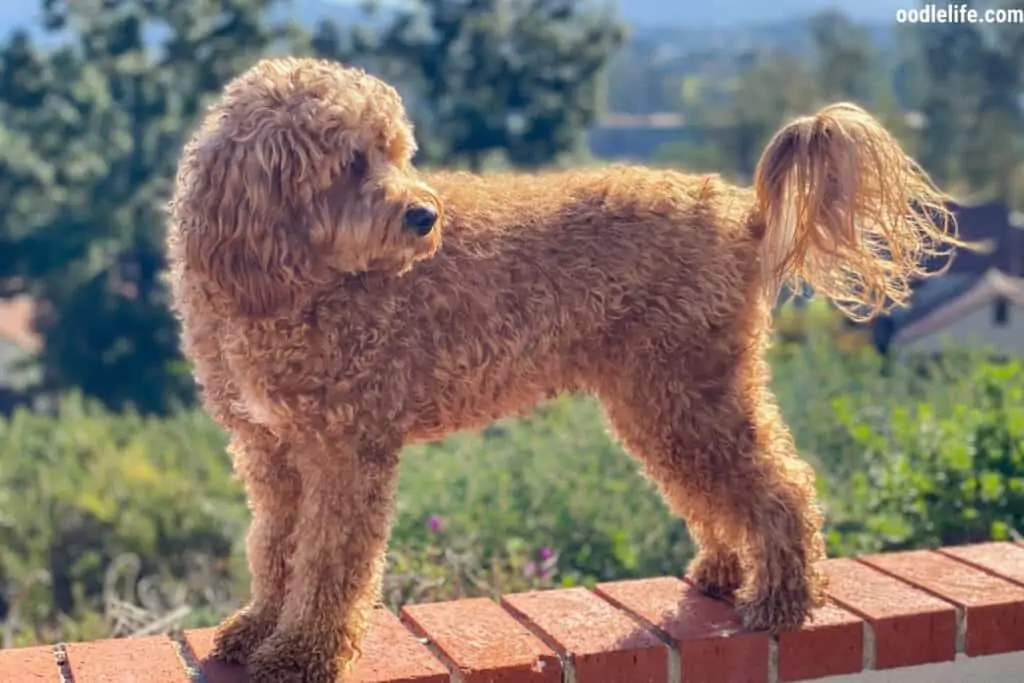
Behavioral Issues
Have you recently changed your pet’s food? Like humans, dogs can develop personal preferences, and your pooch may not like their brand-new kibble. Especially if you’ve made recent diet changes for a chronic condition like canine hypothyroidism, your dog may be having a little trouble adjusting to their new grain-free pet food.
No recent changes? Other factors related to behavior might be to blame.
- Preference: Did your dog find another food they like more and they’re being picky? Is someone sneaking them too much human food like scrambled eggs from the dining table? If your dog is sneaking food from the trash, here’s our guide to a dog-proof kitchen trash can.
- Too many treats: Your treat schedule may be interfering with your dog’s feeding schedule. Try to remove treats from your dog’s diet temporarily to see if it brings them back to their feeding bowl.
- Irregular feeding schedule: Dogs like routines, and some dogs may have trouble adjusting to an irregular feeding schedule.
Environmental Conditions
Some dogs may feel too uncomfortable to eat due to certain environmental triggers and conditions. Is another dog being aggressive towards them at mealtime? Is the feeding bowl placed in an optimal, comfortable location? Could there be something wrong with the food itself? Here are some factors to investigate.
- Spoiled food: Check the expiration date of your pet’s food. If your pet’s food is past its “Best by….” date, assume it’s time to throw it out for your dog’s safety and comfort.
- Uncomfortable bowl placement: Make sure the bowl is at a comfortable height for your dog to eat. If you and your dog are testing an elevated bowl, maybe the bowl is too high for your dog to eat comfortably. In contrast, maybe an elevated bowl that puts less stress on the dog’s neck may be a better fit than putting the bowl on the floor
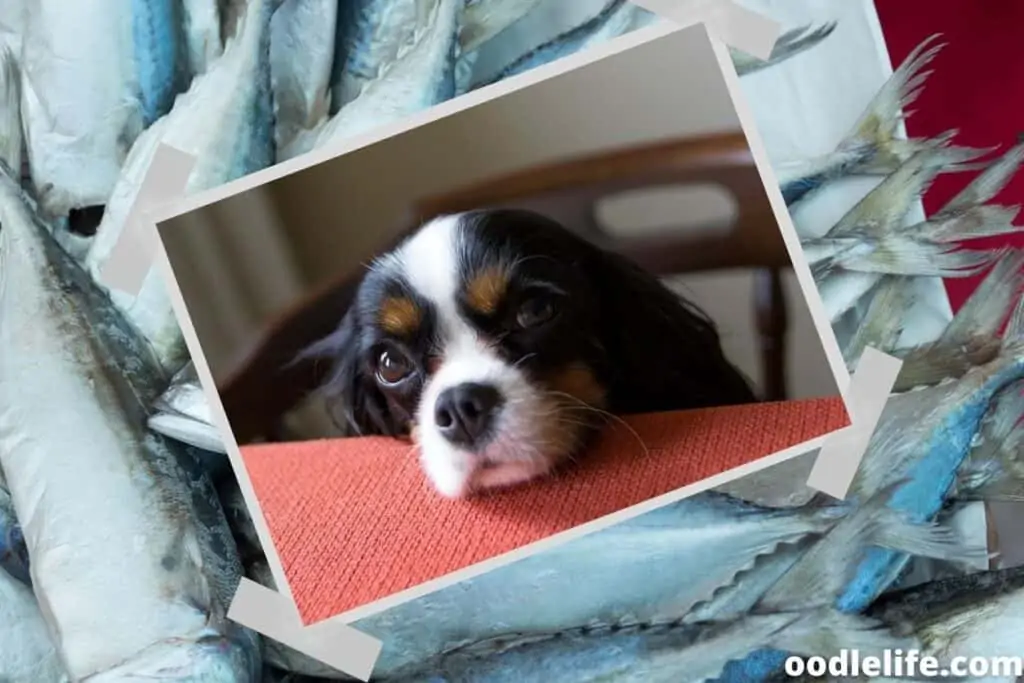
Your Dog is Stressed
Dogs, like humans, experience stress and stressful situations differently. For some dogs, lack of appetite while still drinking a lot of water could be a sign that they’re dealing with a stressor. A change of home? Doggie daycare? Or did a family member recently leave?
Changes that affect your dog’s routine can stress them out, but fortunately, this should be a temporary issue. Watch your dog’s food and water intake – if you’re still seeing that your dog is refusing to eat after three days after a major change, it might be time to see the vet. Avoid waiting a full five days of not eating before deciding to visit the vet.
Your Dog Has Dental Problems
According to VCA Hospitals, approximately 80% of dogs will be affected by periodontal disease by the time they’re three years old. Dental diseases in dogs are caused by bacteria found in dental plaque, similar to the type humans can develop. Build up of doggie dental plaque can cause a host of problems like gingivitis, periodontitis/inflammation, and teeth loss.
If your dog is refusing to eat while still drinking a lot of water, consider checking their teeth and dental health. Look for signs like drooling, pawing at the mouth, bad breath, teeth discoloration, or swollen gums. In the end, your dog’s lack of appetite may simply be that it hurts for them to eat, and you will need to treat the dental issues.
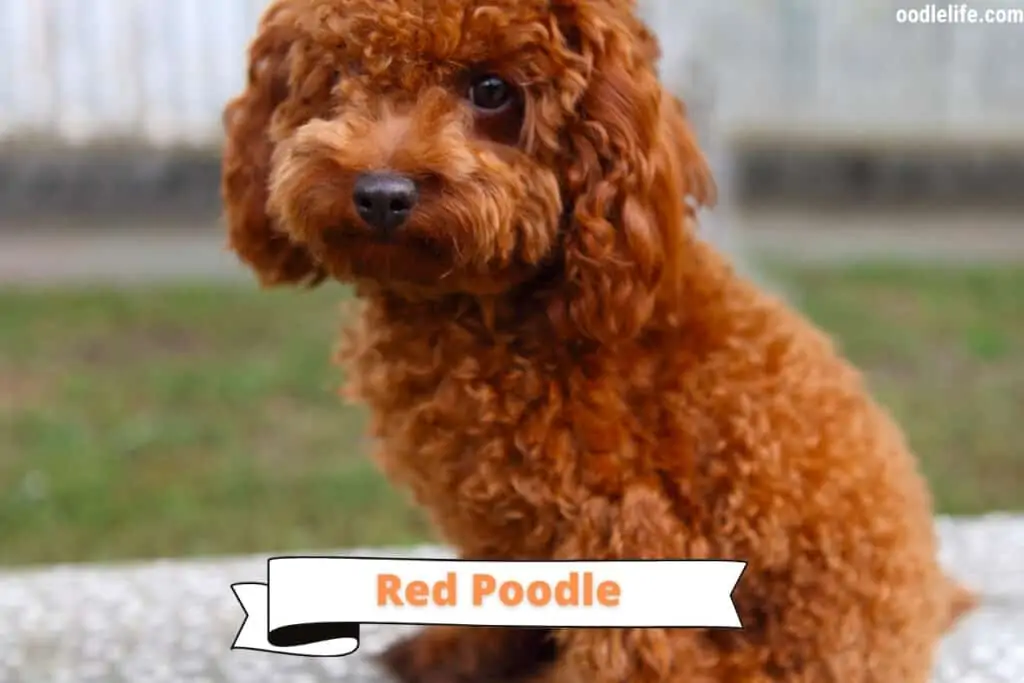
Your Dog is Sick or in Pain
When your dog doesn’t want to eat, it can be a major sign that something is wrong, and of course, they can’t tell you their symptoms.
Look at your dog’s other symptoms during this period.
- Is your dog also lethargic when they’re usually chipper and cheerful?
- How are your dog’s bowel movements? If they’re experiencing loose stools, here are our top picks for dry food that may help.
- Is your dog drooling excessively?
- Is your dog crying or whining?
If you’re not a licensed vet or animal professional, we don’t recommend trying to diagnose an illness yourself. If you suspect something serious is going on with your furry friend, make an appointment.
Steps to Take When Your Dog Don’t Eat
Though not ideal, a dog can typically go three to five days without food. Don’t wait too long to see a vet if you’re concerned.
- Make sure that environmental issues are not the root cause. If your dog starts eating again within a day or two, they were likely adapting to a stressor or preference.
- Change the food you’re offering your dog – they may just not like what you’re feeding them.
- Watch your dog’s water intake and measure it for your reference.
- Keep track of your dog’s diet, weight, and behavior when they’re not eating. You know your dog best – don’t ignore any loss of appetite.
Not eating for several days could be a sign of a more serious condition, so the best thing to do if you can’t get your dog to eat a healthy meal is to take them to the vet.
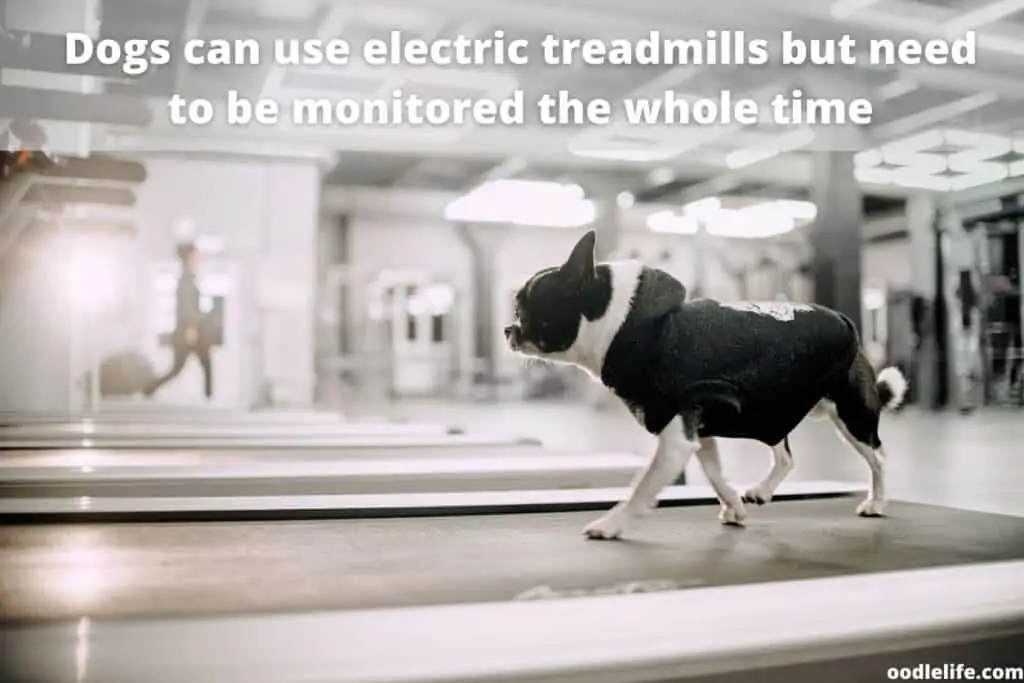
How Much Water is Too Much Water for My Dog to Drink?
A dog should never go a full day without drinking water, and while there isn’t a hard-and-fast rule about how much water is too much water, you can keep track of your dog’s average water intake by observing them daily.
Refill your dog’s bowl at the same time to the same level, and watch how much water you’re replacing by the next day. If you see a sharp increase in water intake in addition to a lack of appetite for three days or more, it’s likely time to see the vet.
Conclusion
When in doubt, see your vet. Even if you find out that your pet is only being picky about their food and refusing meal time due to a behavioral issue, a trip to the vet will give you the peace of mind that there’s nothing more serious.